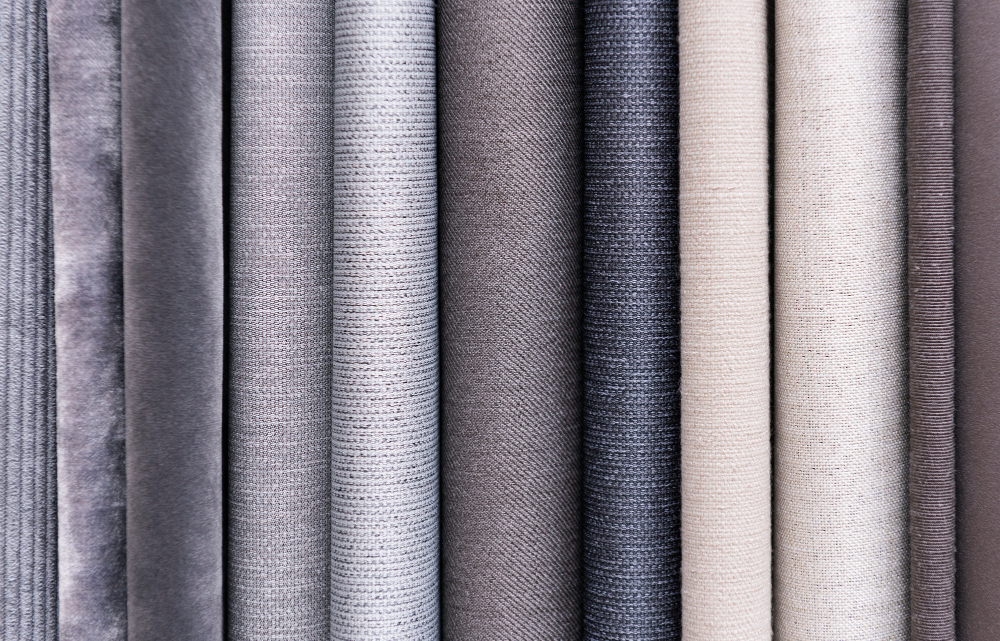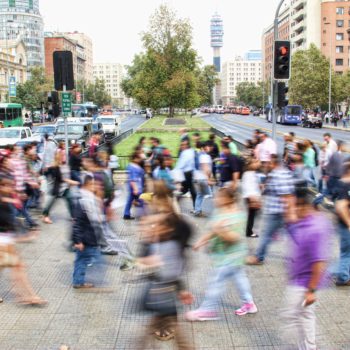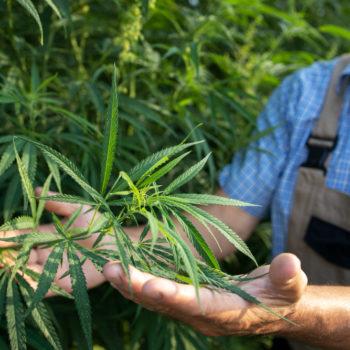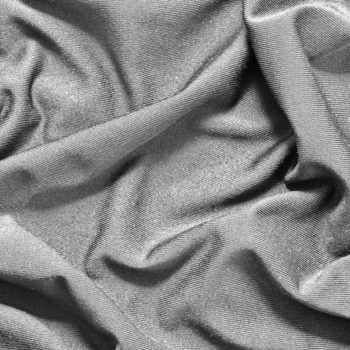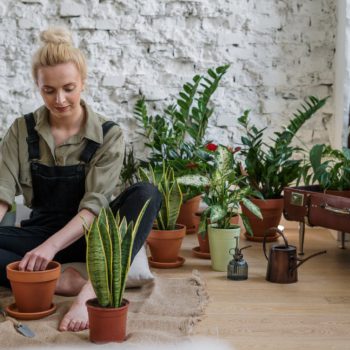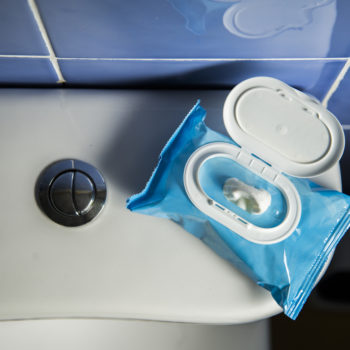|
|
In a world where sustainable living is not just a trend but a necessity, understanding the materials we use daily is critical. Our choices can have a profound impact on our planet’s health, from the food we eat to the clothes we wear. One material that has been gaining popularity in recent years is Modal fabric — but what exactly is it, and how sustainable truly is it?
Modal, often found gracing the racks of eco-conscious clothing stores, is lauded for its softness and durability. As a man-made cellulosic fiber, this bio-based textile offers an alternative to traditional fabrics like cotton or polyester. However, the question of its sustainability isn’t as straightforward as its composition might suggest.
That’s why this article explores Modal’s origin, properties, manufacturing process, and potential environmental impact. If you’re keen on making more environmentally-friendly choices when it comes to your wardrobe or are simply curious to learn more about this widely-used fabric, continue reading below.
Key Takeaways
- Modal fabric is a soft and durable material derived from beech trees.
- Despite its eco-friendly source, Modal’s manufacturing involves chemical processes.
- Modal is biodegradable, reducing landfill waste compared to synthetic fabrics.
- Modal’s sustainability relies heavily on responsible farming and manufacturing practices.
- Proper care of modal garments can extend their lifespan, enhancing the fabric’s lifespan.
The Origin of Modal Fabric
Modal fabric is a type of rayon, a semi-synthetic cellulose fiber made by spinning reconstituted cellulose. This cellulose is often derived from beech trees, making it a bio-based textile. The fabric was first developed in Japan in the 1950s and has gained significant popularity in the last few decades because it combines low resource requirements while offering benefits like breathability, durability, and comfort.
The beech trees used for modal production grow quickly and require less water than cotton plants, making them a more sustainable choice. This also means they help absorb CO2 from the atmosphere, further reducing the carbon footprint of this fabric.
However, the sustainability of modal fabric is also dependent on how these trees are cultivated and processed. Responsible farming practices and mindful manufacturing methods are crucial in maintaining the ecological balance while producing this fabric. Therefore, sourcing modal from manufacturers who follow sustainable practices can help ensure that your fashion choices are not costing the planet.
What Makes Modal Fabric Unique?
One of the defining characteristics of modal fabric is its unparalleled softness. Often compared to silk for its smooth texture, modal offers a luxurious feel that’s gentle against the skin. This softness isn’t fleeting; even after multiple washes, modal fabric retains its texture, making it a favorite for everyday and high-end fashion.
Modal fabric is also renowned for its impressive strength. Despite its delicate feel, this fabric is surprisingly durable. It resists shrinkage and maintains its form over time, boasting a longevity that surpasses many other materials. This resilience makes it ideal not only for everyday clothing but also for more demanding uses like sportswear.
Furthermore, modal is highly breathable, allowing air to circulate freely and maintaining a comfortable temperature for the wearer in different climates. Additionally, it has remarkable moisture-wicking properties, drawing sweat away from the skin to keep you dry and comfortable.
Modal fabric offers a harmonious blend of luxury and longevity. Its softness, strength, breathability, and moisture control make it an exceptionally versatile fabric that caters to a wide range of needs and preferences.
The Manufacturing Process of Modal Fabric
Producing modal fabric is a process that involves both science and precision. Usually, it starts with harvesting beech trees, which are then reduced to wood chips. These wood chips undergo a process known as “pulping,” where they’re broken down into a mushy substance, effectively extracting cellulose from them.
Once the cellulose is obtained, it’s then purified and soaked in a mixture of chemicals — typically sodium hydroxide and carbon disulfide. This chemical bath transforms the cellulose into a honey-like solution called “viscose.”
The viscose is then forced through tiny holes in a spinneret — a device not unlike a showerhead — to create long strands of fiber. As these fibers come into contact with sulfuric acid, they solidify, creating what we know as modal yarn.
This yarn can then be woven or knitted into fabric, ready to be dyed and finished according to design specifications. Despite the chemical-intensive nature of this process, it’s worth noting that many manufacturers are adopting closed-loop systems that recycle and reuse up to 99% of the solvents used. This not only reduces waste but also significantly cuts down on the environmental impact.
Evaluating the Sustainability of Modal Fabric
When we consider the sustainability of a material such as modal fabric, it’s crucial to look at the entire lifespan of the material, from raw materials sourcing to production, use, and eventual disposal.
On the surface, modal fabric appears to be a sustainable option. It’s derived from beech trees, a renewable resource that grows quickly and requires less water than cotton. Moreover, the trees used for modal production can propagate naturally without artificial irrigation or planting, often reducing the need for intensive farming practices.
However, some factors can complicate this seemingly green picture. For instance, while beech trees themselves are sustainable, poor farming practices can lead to over-harvesting and deforestation.
The manufacturing process is another critical factor. While modal production uses less water and energy compared to synthetic fabrics and even cotton, it does involve chemical processes. The use of chemicals like carbon disulfide can pose potential environmental risks.
Finally, as modal fabric is biodegradable, it doesn’t contribute to landfill waste in the same way synthetic materials do. Nevertheless, because of its chemical treatment during production, it may not decompose as readily in non-industrial composting conditions.
Modal vs. Other Fabrics
Modal vs. Viscose
Both modal and viscose are types of rayon that originate from plant-based materials. However, the manufacturing processes for each differ significantly.
Viscose production is often associated with high energy consumption, water usage, and chemical reliance, posing potential risks to factory workers, local communities, and the environment. In contrast, modal’s production process is generally more eco-friendly. The fabric itself is also recognized for being stronger, lighter, and more breathable than viscose.
Modal vs. Cotton
Cotton is a cheaper alternative to modal. However, this cost-effectiveness comes at an environmental price: cotton cultivation demands significant water resources and uses many chemicals. On the other hand, modal is more absorbent than cotton — by up to 50% — and is more efficient at wicking away moisture.
Modal vs. Lyocell
Lyocell shares characteristics with modal as both are forms of rayon made from cellulose fiber derived from wood pulp. While their origins may be similar, the production processes diverge slightly.
Lyocell manufacturing employs an organic solution in place of the sodium hydroxide used in modal production. Despite these differences, both fabrics offer unique benefits and have their place in sustainable fashion.
How to Take Care of Clothes Made From Modal?
Clothes made from modal are known for their durability and resilience, but they still require proper care to maintain their quality and longevity. Here are some tips on how to look after your modal garments:
- Check the label. Always read the care instructions on the garment’s label first. Specific requirements may vary depending on the blend of fabrics used.
- Washing. Generally, modal fabric is machine washable. Use a gentle cycle with cold or lukewarm water to preserve the fabric’s softness and color. Avoid using bleach, as it can weaken the fibers and cause discoloration.
- Drying, While modal fabric has good resistance to shrinkage, it’s best to air dry modal clothing items where possible to maintain their shape and feel. If you must use a dryer, opt for a low-heat setting.
- Ironing. Modal doesn’t wrinkle easily, but if you need to iron your modal clothes, use a low-temperature setting and iron while the garment is slightly damp to avoid burning or damaging the fabric.
- Storage. Store your modal garments in a cool, dry place away from direct sunlight, which could fade the colors over time.
Making Informed Choices: Is Modal Right for You?
Deciding whether modal fabric is right for you involves several considerations. First, you need to assess your personal needs and preferences. Are you seeking a soft, durable material that offers breathability and moisture-wicking properties? Then modal’s unique blend of attributes might be a perfect fit.
Beyond the physical properties of the fabric, it’s also important to consider your environmental values. If sustainability is a priority for you, modal offers several advantages.
However, keep in mind that not all modal is created equal. The sustainability of modal fabric can vary significantly depending on the manufacturing practices employed. While some brands prioritize eco-friendly practices throughout their supply chain, others may not.
Before deciding if modal is right for you, take the time to research different brands and their commitment to sustainability. Look for transparency in their supply chain and evidence of responsible farming and manufacturing practices.
Final Thoughts
Modal fabric offers an appealing blend of luxurious comfort and durability, making it a more sustainable alternative to traditional fabrics. Yet, sustainability isn’t a guarantee, depending heavily on farming and manufacturing practices.
That’s why the choice to opt for modal requires careful brand research to ensure their commitment to sustainability, responsible farming, and eco-conscious manufacturing. Ultimately, modal fabric stands as a potentially more sustainable choice, aligning with the growing demand for environmentally-friendly materials in the fashion industry.
